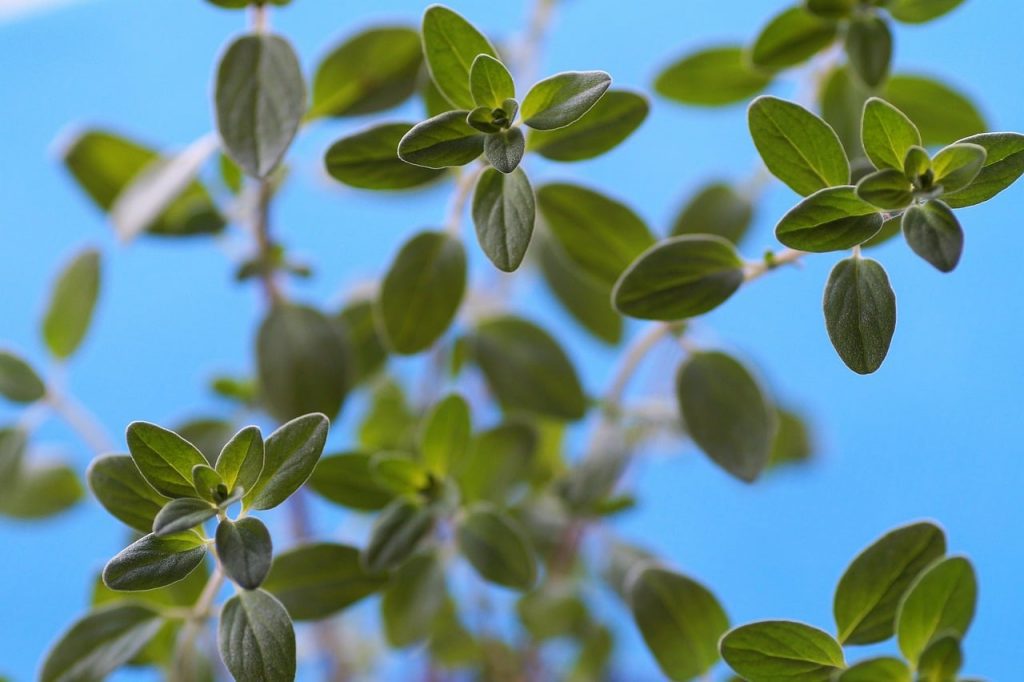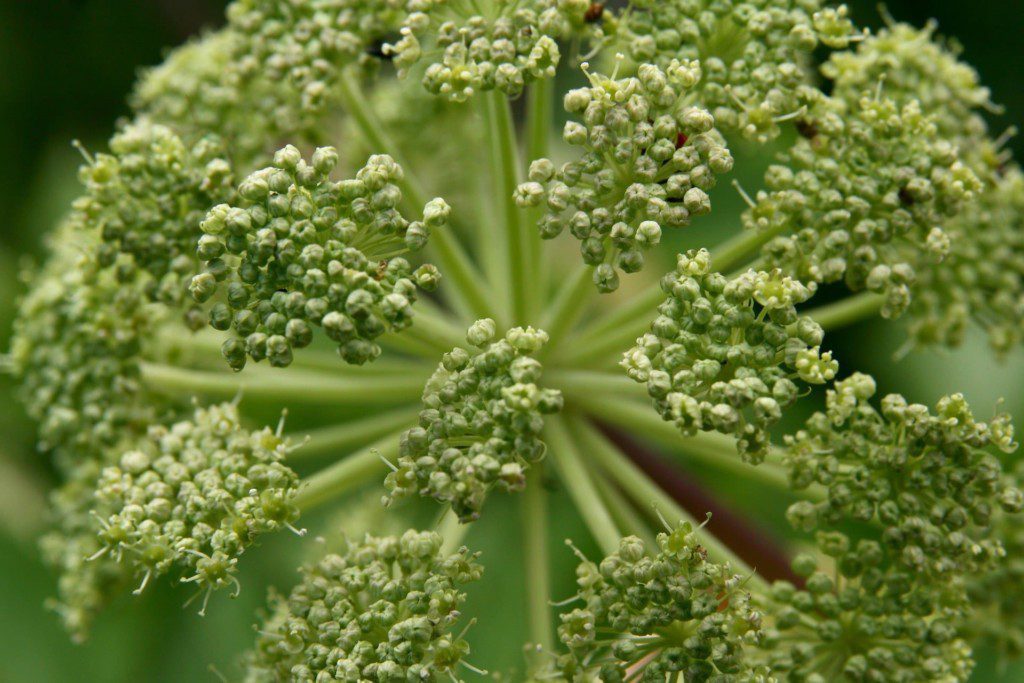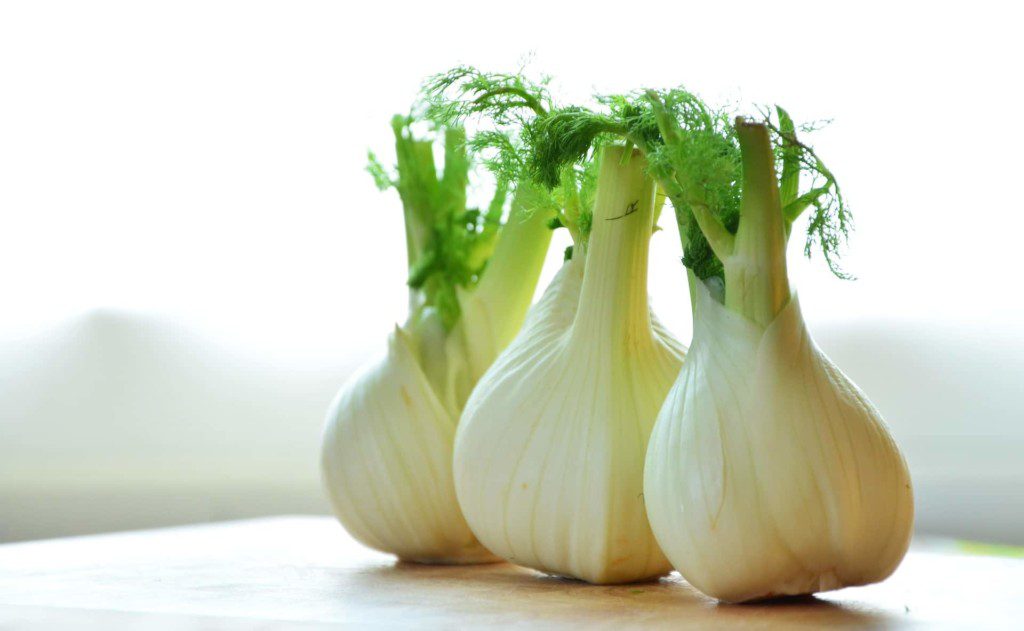The addition of herbs and spices can make or break a dish. Tarragon or estragon is no dhaniya-pudina, mind you. It’s a more western herb that is not used in Indian cooking. With the expanding culinary knowledge and our tastebuds extending till different countries, tarragon was sure to make an entry in our dishes. But, it’s not easy to get your hands on some tarragon in India. Either you go to a fancy grocery store or make use of it in it’s dried form. So, let’s talk about tarragon substitutes! Here are some of the most widely used substitute for tarragon that give our dish similar flavors.

Table of Contents
Tarragon – Taste, Type, Flavor And Uses
Tarragon, also known as estragon, is an herb belonging to the sunflower family. Mostly cultivated in North America and Eurasia, this grass like perennial herb has been used since ancient times for its culinary and medicinal properties. Tarragon has a very licorice, anise-like flavor that might be hard to replicate. The different kinds of tarragon cultivated include French tarragon, Russian tarragon, and wild tarragon. Out of these, only the French tarragon is utilized for culinary purposes. French cooking widely uses four herbs namely – tarragon, chives, chervil and parsley.
Tarragon is not something that is used in Indian cooking at all and is mostly used in the west for flavoring chicken, fish, sauces and other meats. Tarragon can be used fresh or in it’s dried form. Most herbs used in their dried form are much more stronger and taste a tad bit different than their fresh form, so make sure you use them with caution. Dried tarragon and fresh tarragon can be used to impart truckloads of flavor in simple recipes.
Since this herb is hard to get, as it grows in very selective regions and might cost you more when you try to buy some from a fancy grocery store, it is often suggested that you go for other alternatives. These tarragon substitutes will help enhance your meal with an anise-like flavor that is similar to tarragon. Let’s have a look at some of the common substitutes for tarragon.
What Can I Substitute For Tarragon?
Before we start off with the list, it must be clear that most of these herbs cannot exactly replicate the taste of tarragon. So if you are desperate about the same tarragon taste, then it would be great if you buy some online or pop to a supermarket. That being said, let’s take a look at some substitutes of tarragon.
1. Dried Tarragon
When we think of substitutes for fresh tarragon, we immediately think of using dried tarragon. Replacing fresh tarragon with dried tarragon will not yield the same results and the taste will differ widely, but it is still a great substitute. You can use about 1 teaspoon of the dried tarragon to replace a tablespoon of the fresh herb. Make sure you add some dried tarragon cautiously and then add more if needed.
2. Marjoram Is One Of The Best Substitute For Tarragon
Marjoram is a herb similar to tarragon and works well as a tarragon substitute. Marjoram is the closest you can get to the same tarragon-like flavors. With it’s grassy licorice flavors, Marjoram can certainly prove to be a great fresh tarragon substitute. Furthermore, this sweet-smelling herb is rich in vitamins and minerals, thus it makes sure that your nutritional intake is up to its usual requirement too.
Packed with anti-oxidants, marjoram is responsible for improving the anti-oxidant concentration in your blood, hence lowering the risk of free-radical damage and resulting in a healthy lifestyle. That being said, marjoram is also not readily available in India and the next best thing you can do is use basil.

Also Read – 6 Tasteful And Beneficial Substitutes For Marjoram
3. Basil Is Another Great Tarragon Substitute
Marjoram, undoubtedly is a herb that is similar to tarragon in taste and texture but it’s low availability is a big drawback. Another great tarragon substitute is basil which, thankfully, is very common in India. So if you are looking for something closer to tarragon and something that can also be easily available at a supermarket near you, then basil might prove to be a great substitute. The sweet and wood-like flavor of basil is great for enhancing the taste and aroma of the dish. Moreover, it is just as nutritious as other herbs, as the collection of vitamins and minerals in basil is also up to an adequate level.

4. Oregano
Not only will oregano deliver that popular floral taste associated with it to your dish, but it will also add a hint of spice, which could prove to be an absolute ride for your taste buds. The pungent smell of oregano is responsible for enhancing the aroma of the dish, thus making it more appetizing and flavorful.
5. Parsley
Parsley, upon being mixed with cinnamon, can be great filler for the absence of tarragon in a dish. The mixture is sweet, grassy, and mildly-bitter, which gives it a tarragon-like flavor. Though it may not be a perfect replacement, it would surely satisfy your craving for something as flavorful as tarragon itself.
6. Angelica
Belonging to the same herb family as parsley, the angelica herb, mostly due to its sweet taste, is used as a substitute for tarragon in desserts or cake décor. Just one teaspoon of this herb is enough to deliver a flavorful impact to your dish.

7. Chervil
Also known as Keravil in the southernmost parts of India, Chervil is a pungent herb with a much milder aftertaste. It is commonly used in French cuisine and lasts longer when you take its flavor into account.
8. Anise Seed
Anise seed has a beautiful aroma like tarragon and acts as a wonderful replacement. Make sure you experiment with just half the quantity first and then add more if needed. The robust aniseed aroma can get overpowering quickly, so use wisely.
9. Fennel
Fennel seeds or saunf are a brilliant substitute for tarragon. Not only the seeds, but the fennel fronds can be used as a substitute for tarragon in some sweet recipes. Fennel fronds are the tiny herb-like green parts of the fennel which impart a sweet flavor to any dish.

10. Dill
Dill can be a wonderful substitute for tarragon. Use dill wisely because if you use it in excess, the dish might become bitter. If you want to swap tarragon with dill in eggs and salads, add half the amount of dill.
Looking for a substitute?
Substitute For Chili Powder
Substitutes For Parsley
Alternatives For Turmeric
Substitute For Ginger
How To Preserve Fresh Tarragon
As we have mentioned before, getting your hands on fresh tarragon is not particularly easy. Due to it’s low availability, even in western countries, it is important to preserve this herb without killing the flavor and aroma. If you have gotten your hands on a large amount of tarragon, here are some ways with which you can preserve it. Preserving tarragon will prolong its shelf life, keeping it fresh for longer.
The foremost way of tarragon preservation is with the help of freezing them. Here are the steps involved in the process of freezing fresh tarragon leaves –
- Dry the washed-up fresh sprigs, and without separating the leaves and stems, place them in a ziplock bag.
- Keep the bag open and let it stay undisturbed for at least 4 hours.
- Seal the bag, keep it air-tight and place it in the freezer.
- The freezing requires 4 days, after which the leaves will automatically separate themselves from the stems.
- You can empty the leaves in a container and put them back in the freezer to be used as per requirement.
Popular Recipes That Can Be Made Using Tarragon And Substitutes For Tarragon
Herb Mayo – Fresh tarragon can be used to whip up some herb mayo. Add a teaspoon of minced basil as a substitute for tarragon to the mayonnaise. This will amplify the flavor and taste great with crudities, baked chips, burgers, and fries.
Béarnaise Sauce – A classic aromatic French sauce made by emulsifying clarified butter in egg yolks and white wine vinegar. A hint of tarragon is all you need to flavor this sauce. Even though there is nothing that will taste as fresh and nice as the star ingredient in this sauce, you can use dill, basil or marjoram in half the quantities as a tarragon substitute. So a tablespoon of tarragon can be replaced by 1/2 a tablespoon of any other substitute.
Creamy Tarragon Chicken – Seared chicken breasts doused in a cream based, white wine vinegar, tarragon and shallot sauce. Serve with roasted or steamed vegetables for a hearty meal. This creamy tarragon chicken looks perfect on a dinner menu. Don’t have tarragon? Try using one of these – rosemary, thyme, and marjoram.
Roasted Tarragon Vegetables – Thick cuts of roasted veggies tossed in olive oil, fresh tarragon, salt, and pepper. You can use carrots, sweet potatoes, potatoes, broccoli and cauliflower. Dried tarragon is a great substitute for fresh tarragon in this recipe. You can also use rosemary and thyme.
Mushroom And Tarragon Stroganoff – Mushrooms sautéed in butter and tarragon and turned into an ultra creamy stroganoff. Serve with a buttery garlic bread. Basil is the perfect substitute for tarragon in this delicious recipe.
To conclude, Tarragon is a great flavoring herb that can effortlessly enhance the taste and the aroma of your meal. With its mildly sweet and floral taste, it brings in a certain natural essence to the food, thus it is also vital that though your substitute may not exactly replicate the flavor of tarragon, it must have that essence of nature associated with it. Nonetheless, it’s not a herb you will find easily in India throughout the year and this list about tarragon substitutes will surely come in handy when you want to replicate that flavor.
Love cooking with herbs? Have you used any substitute for tarragon in cooking?


